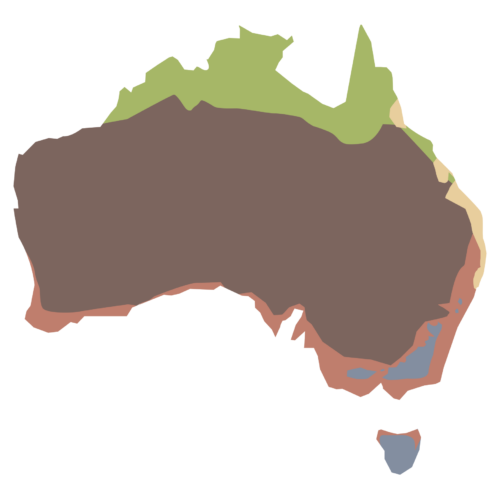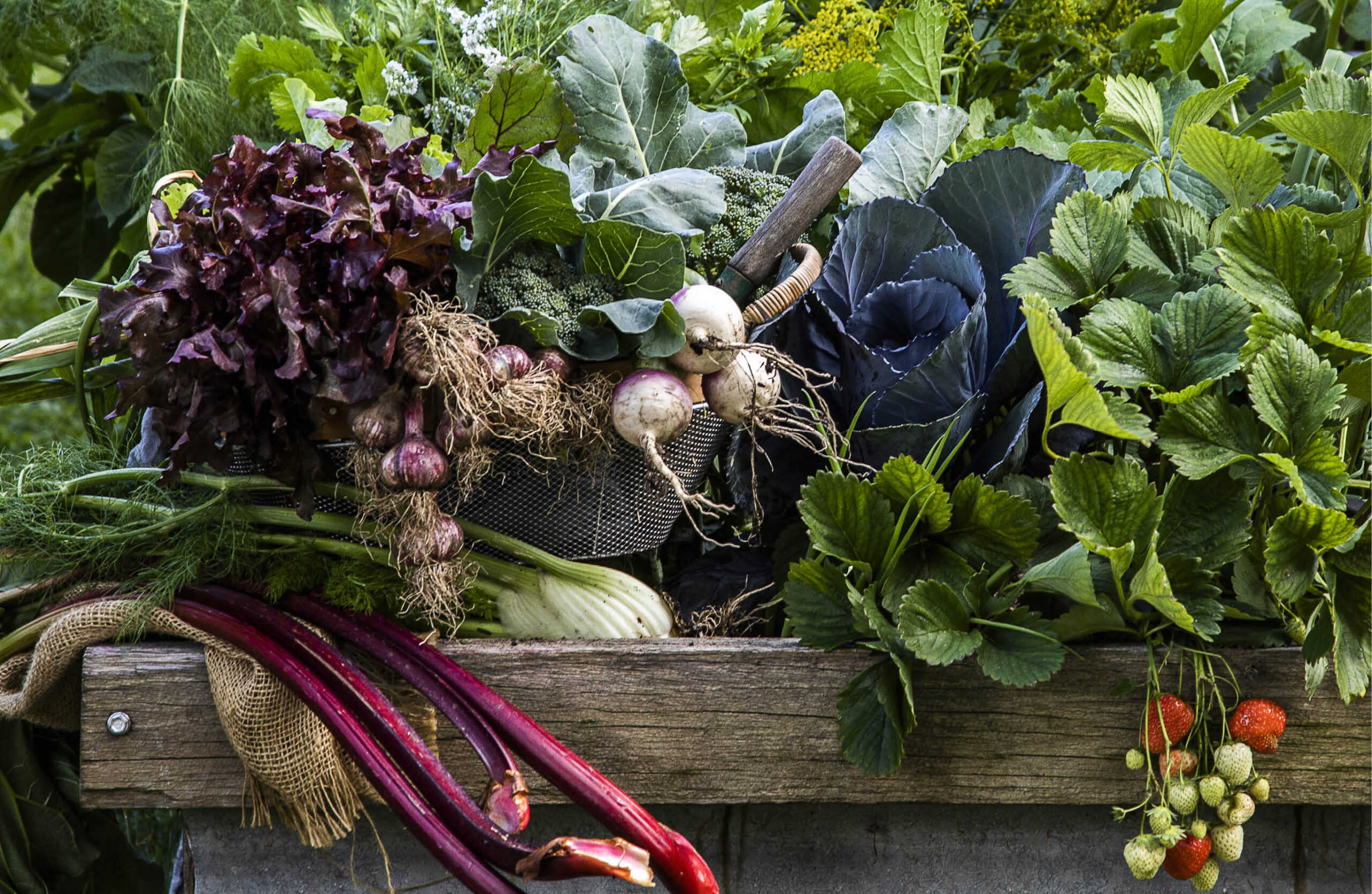Understanding Climate Zones
We all like to experiment with plants that don’t usually thrive in our climate. And if you’re new to gardening, you might not be sure which plants will grow happily in your space. Choosing the right plants for your climate and season makes all the difference. When plants struggle, pests tend to take advantage.
You can modify your garden’s growing conditions by planting in pots and moving them into sunnier or more sheltered spots. You can also take advantage of microclimates — those warmer, cooler, or more protected patches in your garden — to grow a wider range of plants. Still, the key to success is growing healthy plants that suit your climate.
That’s where the Organic Gardener climate zone map comes in. It’s an essential resource that works hand-in-hand with our planting guides to help you understand what to grow and when.
The map identifies five broad climate zones in Australia:

 Tropical
Tropical
Typically, a hot, humid summer and no frosts in colder months. Known for its monsoon or ‘wet season’ and ‘dry season’. Mainly across the top end of Australia from Exmouth, Western Australia, to south Townsville, Queensland.
 Subtropical
Subtropical
A mild climate, with low winter rainfall and reliable summer rainfall; warm, humid, wet summer with frosts rare in winter. Includes: Brisbane, Bundaberg, Coffs Harbour, Gold Coast, Hervey Bay, Mackay, Rockhampton, Sunshine Coast.
 Arid/semi-arid
Arid/semi-arid
Very high summer temperatures; very high evaporation; a dry summer with prolonged drought is common. Includes: Alice Springs, Mildura, Albury-Wodonga, Shepparton, Wagga Wagga, Dubbo.
 Warm temperate
Warm temperate
Typically, cool winters with light frost, usually non-existent on the coast. Includes: Sydney, Perth, Adelaide, Newcastle, Toowoomba, Central Coast NSW, Wollongong, Bunbury.
 Cold temperate
Cold temperate
Cold winter temperatures with some areas experience heavy frosts and snow. Hot, dry summers. Includes: Melbourne, Canberra, Hobart, Launceston, Ballarat, Bendigo, Geelong, Mt Gambier.
Don’t forget microclimates
Long-time gardeners know that climate zones are just the beginning. Even within a single garden, conditions can vary. North-facing walls, shaded corners, raised beds, frost hollows or nearby structures all influence how well a plant grows. Look closely at these microclimates when planning your winter garden.
A flexible guide
Think of our planting guides as a starting point. Conditions vary within climate zones and even between neighbouring suburbs. If you notice your experience differs from our suggestions, jot it down for next season. Download the printable guide and use the notes section to track what works.
Start your seeds early in the planting window so they have time to establish. Save seedlings for later in the season when temperatures shift.
We’ve based our map on simplified versions of the Bureau of Meteorology’s climate maps. For more detailed climate data, visit the BOM website.
Your gardening guide
This guide is a simple way to find out what vegetables, flowers and herbs you can plant in your garden, according to the climate zone you are in and the plants that best suit your gardening (and eating) needs.
It’s a must-have tool for any garden: all you have to is click on your region to discover all the plants that will grow in your climate and then pick which ones you want in your garden. It’s easy! Just follow these steps:
Step 1: Select your climate
Step 2: Select your plants – tick the plants you know will be eaten in your household when ready to harvest. Not sure what to plant? Just choose a month and we will let you know what your options are.
Step 3: View your calendar with all the information you need to get started planting!
It’s easy! Just click here to get started.

